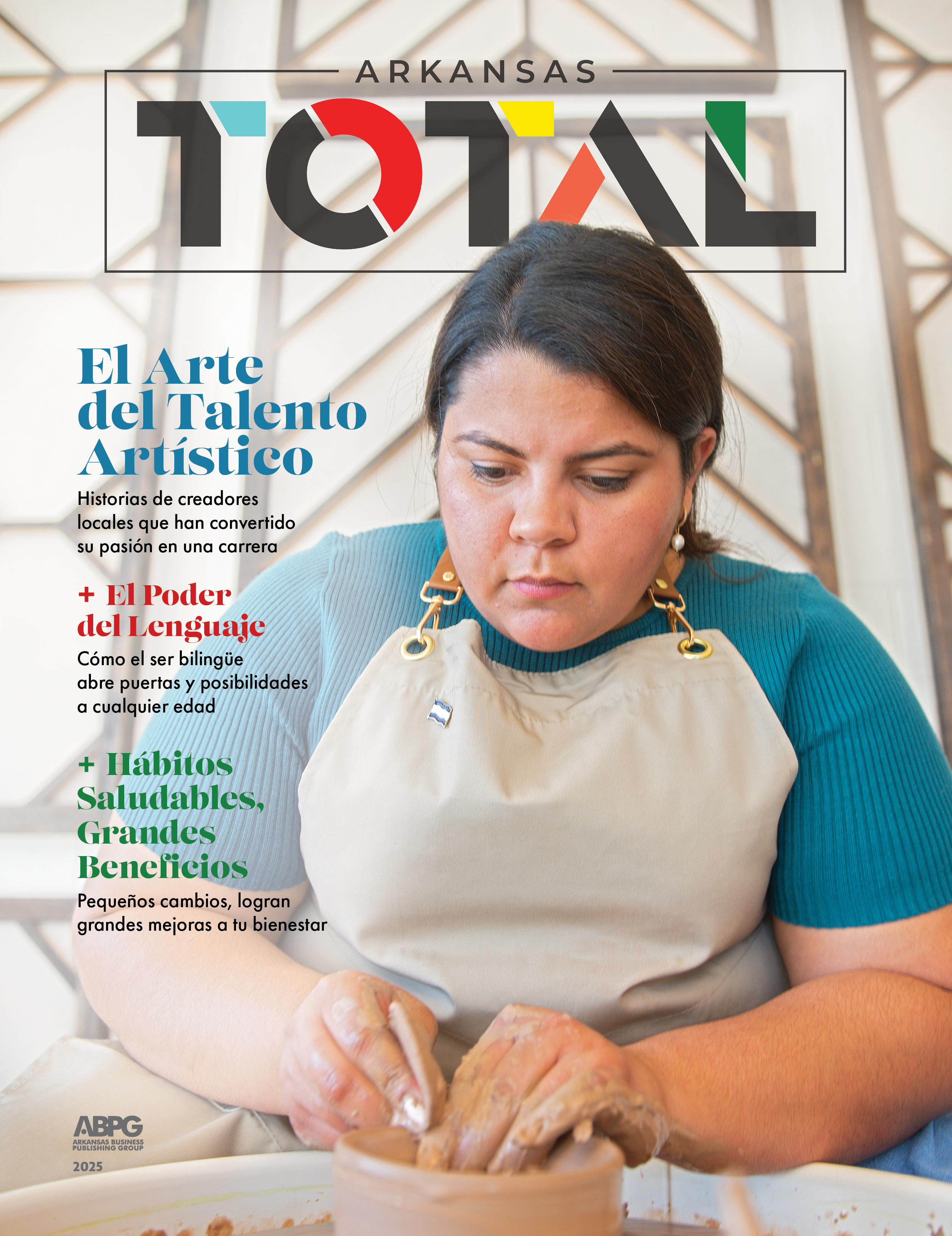Preparing for Your Career

También puedes leer este artículo en español, Trabajar para Aprender, Aprender para Trabajar.
By the time young people are preparing to graduate from high school, they have most likely begun to develop career plans or have an idea of how they want to make a living. Often that means pursuing some form of continued education. A college diploma can show potential employers the ability to complete tasks, while the university experience offers extracurriculars that look good on a resume, as well as a chance to form connections that could pay off later. But colleges, even two-year schools offering associate degrees, come at a price.
According to ontocollege.com, in-state tuition for a four-year public school in Arkansas in 2021-2022 was $8,622, $24,128 for private schools and $3,486 for two-year colleges.
Financial considerations are a primary reason why many students in the U.S. do not complete a four-year degree. According to a Pew Research study, 71% of Hispanics said they needed to work to support their families (compared to 66% of African Americans and 49% of whites); 69% said they couldn’t afford a four-year school; and 42% didn’t think they could get in.
Trade schools, vocational training and other job training to instructional programs or courses that focus on the skills required for a particular job function or trade are an alternative to college. In vocational training, education prepares students for specific careers, disregarding traditional, unrelated academic subjects.
Also, the Be Pro, Be Proud program in Arkansas is an initiative that gives students a chance to explore diverse professions, such as electricians, welders, commercial truck drivers, linemen, heavy equipment operators, CNC machinists and forestry workers.
Other options are aptitude tests, career interest surveys, resume building, business and industry partnerships, field trips and curriculum credit opportunities to help find work beyond the usual fast food and retail options. For instance, the Northwest Arkansas Mechanical School provides employers new workers and teaches them skills while they earn a paycheck, keeping both the student and the company from paying tuition at a trade school. The program’s cost is taken out of the employee’s paycheck in monthly installments, on-the-job training is done by day and code education at night.
Hopefully, the trained employees remain for at least a year, thus having their tuition reimbursed. But the program has good word of mouth and a pipeline to more potential workers thanks to networking, especially in the Hispanic community.
BY THE NUMBERS
$14,307
Average annual tuition for all higher education institutions in the U.S. in 2021-2022
$9,596
Average annual tuition for a public four-year college in 2021-2022
$34,041
Average Annual tuition for a private four-year college in 2021-2022
71%
of Latinos say they must work to support a family
69%
of Latinos say they can’t afford a four-year degree
4.3 million
Projected Hispanic enrollment in higher education by 2026

